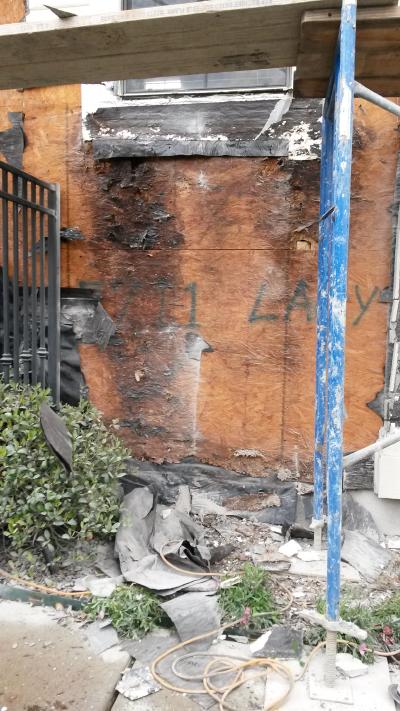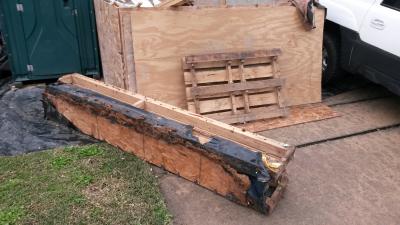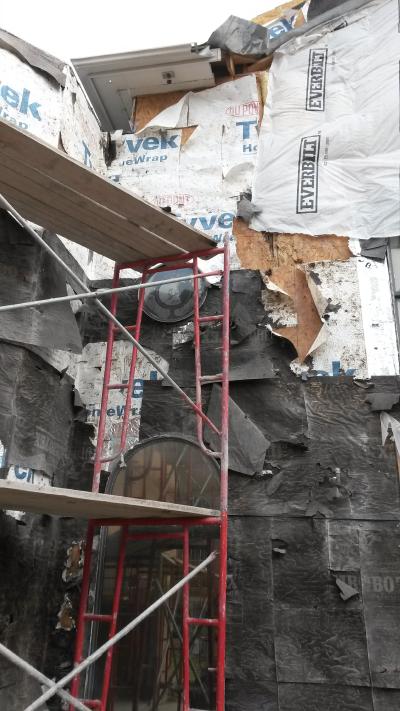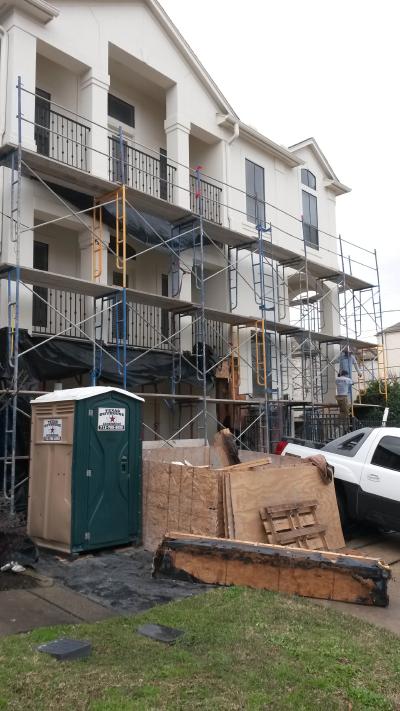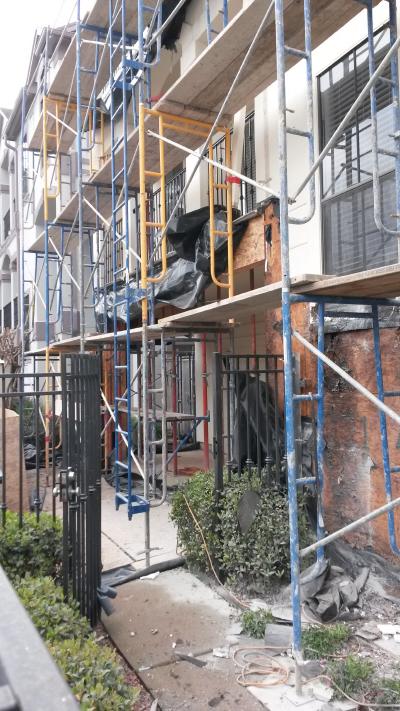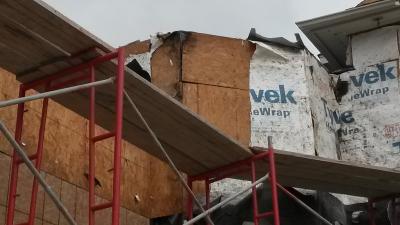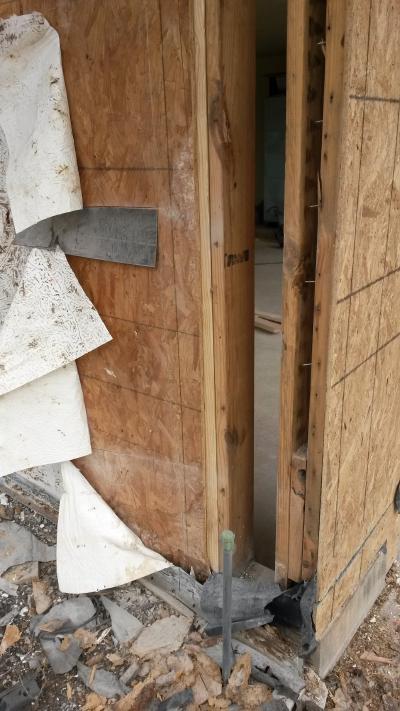WHY STEEL? WOODEN BUILDINGS.
CAA's turn to inorganic construction of exterior structure in the early 2000s was inspired by the failure of typical modern systems to deliver durable and healthy buildings. In fact, contemporary requirements to seal and insulate new structures are in direct conflict with the vulnerable materials of which most are built.
In short, it is difficult to imagine a more wasteful, dirty, or temporary system of construction than the sealed wooden frames typical of modern American buildings. Their construction is literally equivalent to sealing moist wood shavings, toothpicks and glue inside a plastic bag, and then leaving it under a sun lamp for a period of decades. Daily climatic variations in temperature and humidity further their sponsorship of micro-organisms and insect communities.
The Exterior Wall Cladding Performance Study performed by the Oak Ridge National Laboratory in 2005-2007 documents the unacceptably high moisture fostered in conventional wood construction by a range of assemblies, including brick and "stucco" cladding installed against common structural substrates (Download PDF). Depending on the particular system tested, ORNL found relative rumidities (RH) during some seasons regularly exceeding 85% within critical parts of the structure. For one quite common traditional wall type, instruments recorded daily swings of from 75% to 100% (full saturation) during some months; condensation is inevitable under these conditions. Although certain systems performed better than others (and EIFS was surprisingly good) CAA's assessment is that the research was bad news for everything tested.
It is true that oriented strand board (OSB) and other organic materials can act as "moisture buffers" within exterior structural walls, and when located 8"+ from an exterior skin can have a beneficial effect. Some CAA designs incorporate them for that purpose, in the form of interior wood furring and, sometimes, full wall interior sheathing. However, there is no doubt about the strong negative impacts on durability and health portended for conventional systems by their water-carrying capacities.
COMMON WOOD CONSTRUCTION, AS RECENTLY AS 2 YEARS AFTER COMPLETION:
